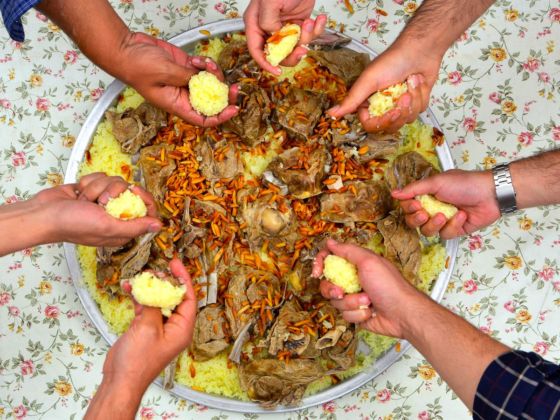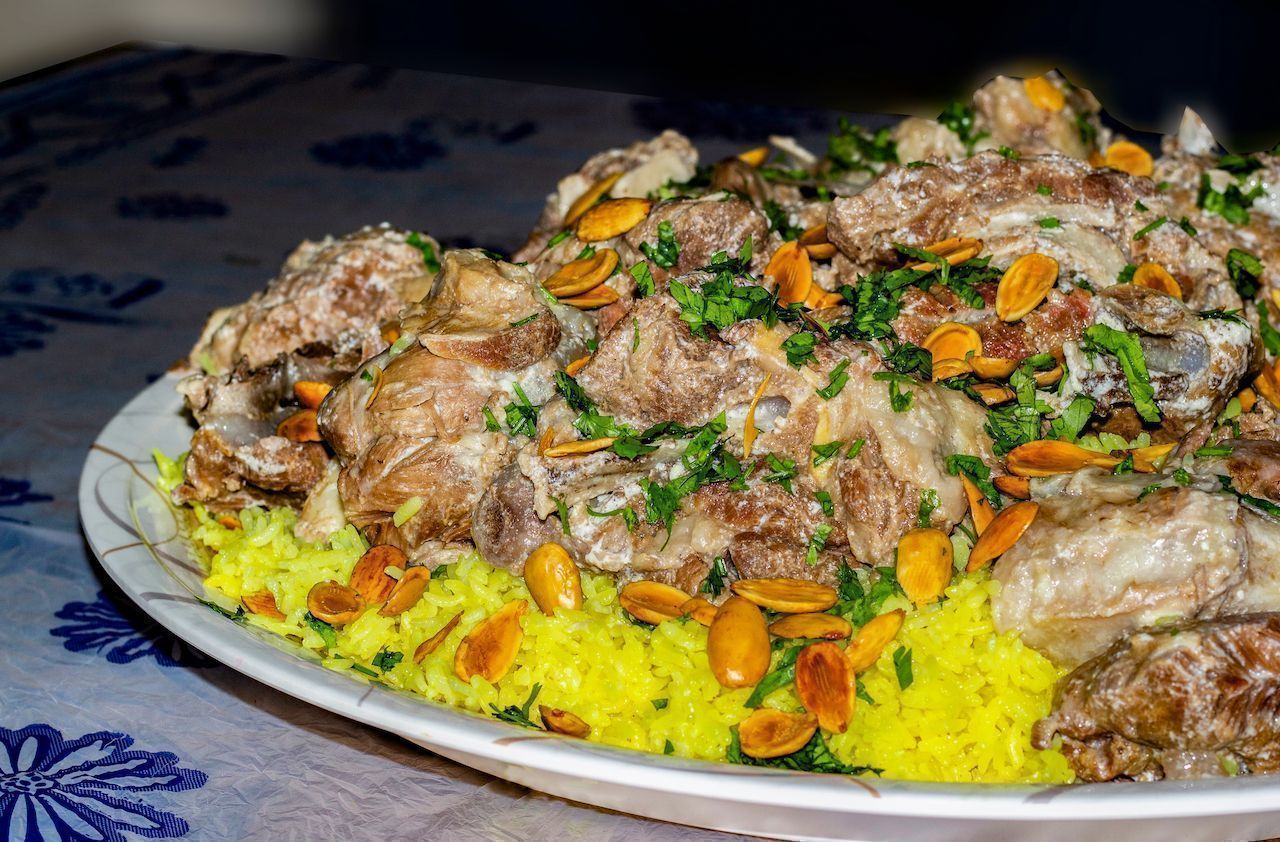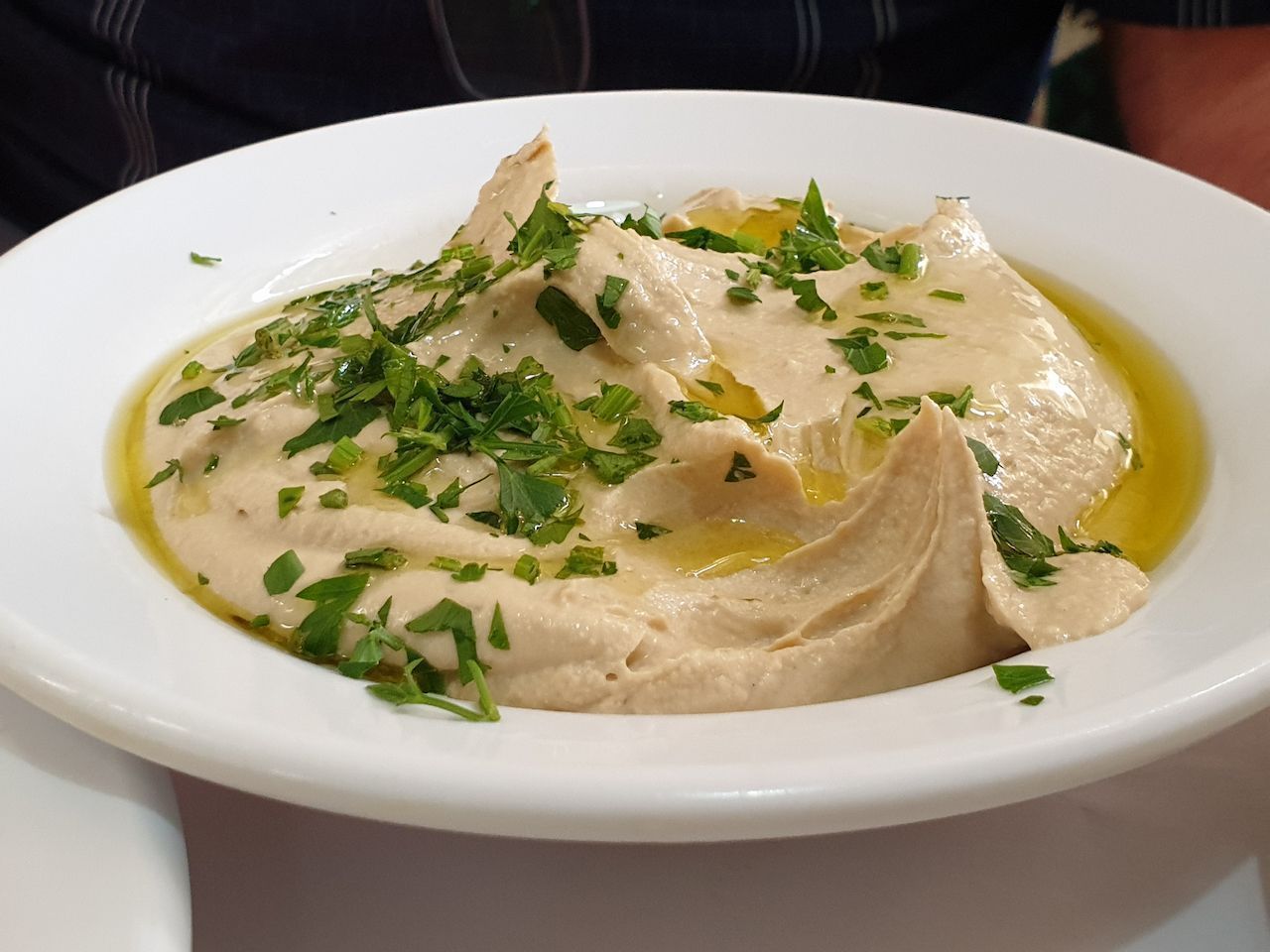Jordan is widely known for its beauty thanks to the ancient city of Petra, the Wadi Rum Desert, and the Dead Sea. What gets less mainstream attention is the country’s rich culinary tradition. Jordan’s central position in the Middle East has long made it a crossroads of culture and a melting pot of food from North Africa, the Middle East, and the Mediterranean. Today, that history has made Jordan one of the most exciting areas for those who love to eat and drink. It is no coincidence that there’s a saying, promoted even by the Embassy of Jordan, that translates to, “Even when you’re full, you can still always eat 40 more bites of food.”
These six dishes, which draw on a variety of influences from the region, are some of the most classic must-tries on any trip to Jordan.






